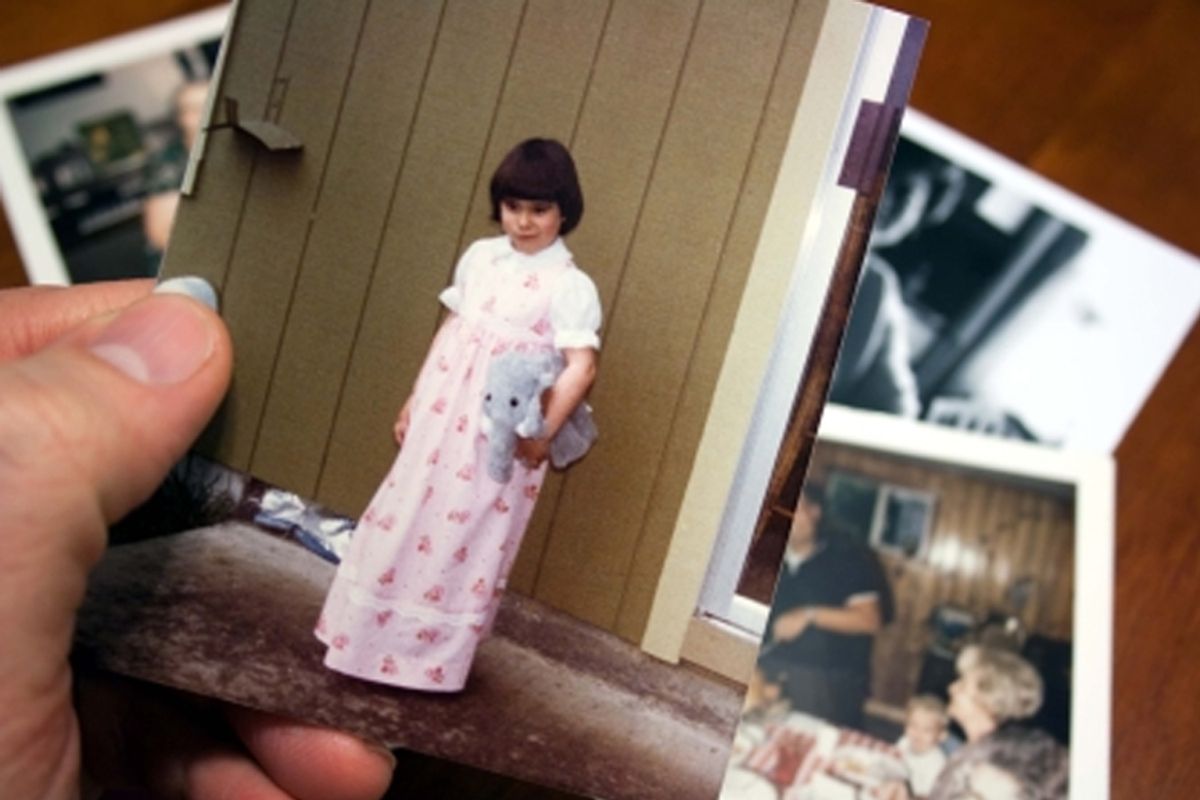And so we return, once again, to that blurry line between art and child pornography -- or parental documentation and kiddie smut. Today, the New York Times features an interesting piece tucked away in the Arts section about the archives of Larry Rivers, the so-called godfather of pop art. Among the letters, photographs and film soon to be turned over to New York University are "videos of his two adolescent daughters, naked or topless, being interviewed by their father about their developing breasts," according to the Times.
Rivers, who died in 2002, filmed his daughters, starting at the age of 11, every six months for five years, asking them "about their breasts and whether boys have started noticing them." There are "close-up shots of one daughter's genitals and detailed commentary by Mr. Rivers on the girls' changing bodies." In some scenes, his wife, Clarice Rivers, "appears with her daughters, displaying her own breasts and talking about them." The clips were edited into a 45-minute-long film. He titled it "Growing."
Now, your visceral response to this description likely depends on a host of complicated personal factors -- you know, like cultural beliefs about sexuality, nudity and privacy, and the seemingly always-applicable (and perhaps too easy) explanation of "childhood experiences," for starters. If you grew up in an artists' commune where everyone frolicked nude and openly discussed the natural wonders of sex and the human body, Rivers' project might sound normal, appropriate and healthy. But otherwise? Probably not so much.
No matter your personal reaction to the video -- or the idea of the video -- it's impossible to see a father's explicit investigation and visual documentation of his daughters' passage through puberty as benign legal territory. We live in a time when parents can be arrested for taking bath-time photos of their children, teenagers can be labeled as sex offenders for taking nude snapshots of themselves and tweeting a link to an upskirt shot of, say, 17-year-old Miley Cyrus can expose you to child pornography charges. I hear things were a bit wilder in the '70s, when Rivers' footage was filmed, but c'mon.
Given the current legal stance toward the possession of any material depicting child nudity or sexuality, it's kind of astounding to think that NYU will have this stuff in its "special collections" library. One of Rivers' daughters, Emma Tamburlini, seems to agree. "I kind of think that a lot of people would be very uptight, or at least a little bit concerned, wondering whether they have in their archives child pornography," the 43-year-old tells the Times. She previously asked the Larry Rivers Foundation, which sold the tapes to NYU, to destroy them. No such luck -- although, the university has agreed to keep them private during the daughters' lifetimes. (Tamburlini's sister declined to comment for the story.)
Now, Tamburlini is calling for the tapes to be returned to her and her sister, and forever removed from the public eye. "The filming contributed to her becoming anorexic at 16," reports the Times, and she says, "It wrecked a lot of my life actually." In a voice-over for the film, Rivers explains that he continued with the project despite "the raised eyebrows of society in general and specific friends and even my daughters -- they kept sort of complaining." Indeed, Tamburlini says she resisted at the time and was called "uptight and a bad daughter," as the Times paraphrases it.
We can subject the film to the usual contentious debate and analysis -- without having actually seen the material at hand, of course -- and attempt once again to clearly draw an impenetrable dividing line between art and child porn. It makes for a fascinating discussion; there's no doubt about that. But all that seems relatively unimportant, not to mention callous, when hearing about the actual experience of one of the girls in the video.



Shares